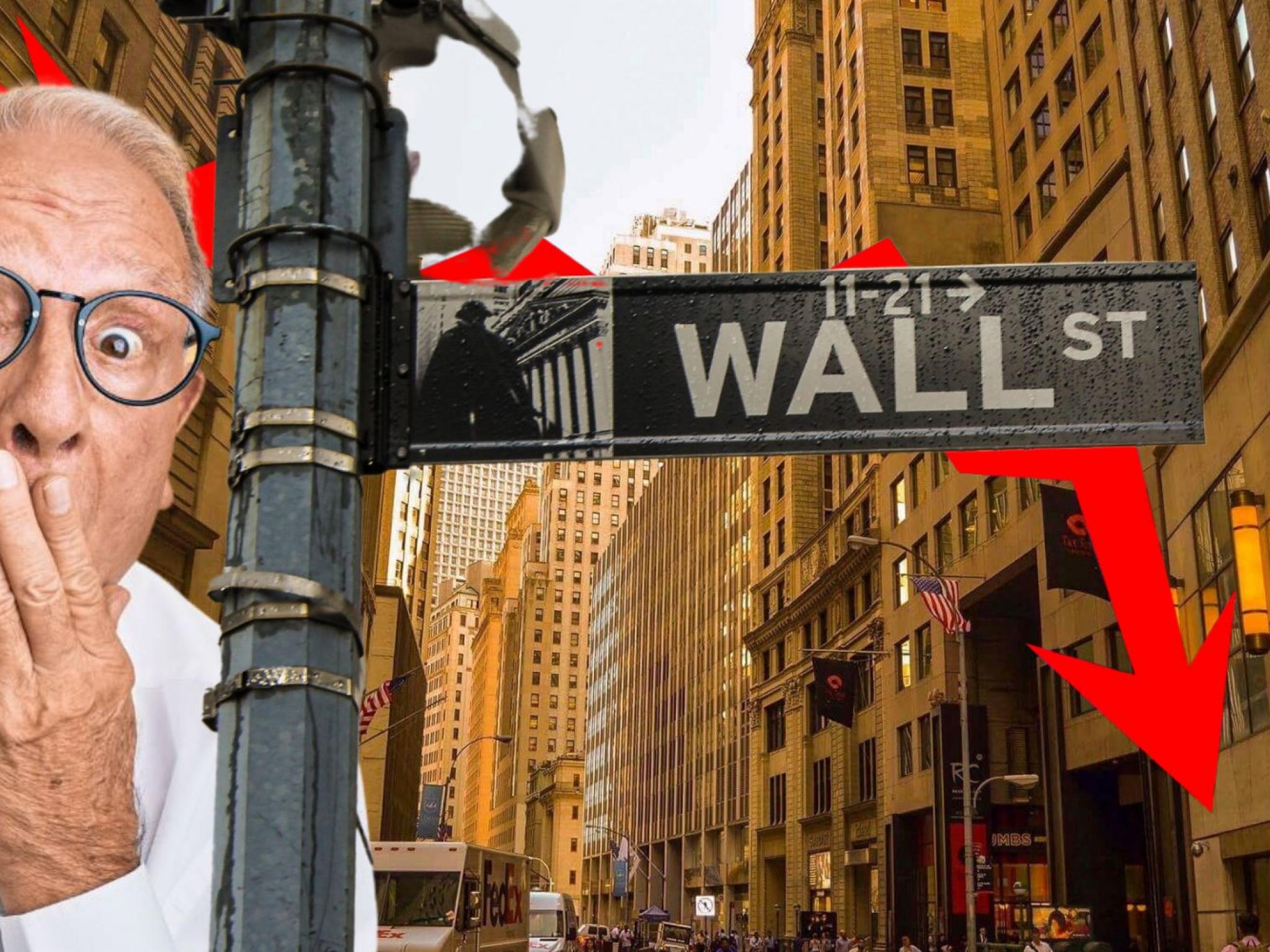
Cameron Dawson, chief investment officer at NewEdge Wealth, joined Benzinga's PreMarket Prep on Wednesday morning. Dawson discussed why retail investor sentiment is still too bullish and why the S&P 500 may still have significant downside ahead.
Retail Investor Sentiment: Dawson said the percentage allocation to stocks in retail investors' accounts is still historically high at around 67%, which doesn't bode well for the SPDR S&P 500 (NYSE:SPY) outlook.
"Usually during major market meltdowns, they go down to 40% or 45%. That's the wall of worry that gets built. That's why you get good returns on the other side of corrections," Dawson said.
Related Link: Bank Of England Begins Purchasing UK Bonds To Stabilize Market, 10-Year US Treasury Rates Hit 4%
Dawson noted that there is evidence to believe the S&P 500 may be oversold in the near-term, but she said the data suggests the worst may still be yet to come longer-term.
"Yes, there is a lot of bearish sentiment, and there is bearish positioning, you can see it in put-call ratios, you can see it in institutional equity positioning as well, but we really haven't gotten to the point yet where we have seen a complete blowing out of individual equity positioning. What's interesting is that it's those individual equity holders that tend to be more predictive of forward returns," she said.
Related Link: British Pound Drops To All-Time Lows: 'Existential Crisis Is Looming'
In other words, S&P 500 corrections and bear markets have historically bottomed only when individual investors start dumping their stock holdings. However, Dawson said it isn't always a perfect correlation between the bottom in retail investor sentiment and the bottom of the stock market. For example, the S&P 500 didn't bottom in 2009 until six months after investor sentiment reached its low point in late 2008.
Big Bounce Coming? Unfortunately, Dawson said investors should not assume the S&P 500 will bounce back from its lows the same way it did in 2009 and in 2020.
"I think we are in a brave new world, meaning that without the stimulus of the Fed, without the Fed's willingness to not only just pause tightening but flip to aggressive accommodation, without that, it's really hard to justify valuations going back to where they were in 2020 and 2021," she said.
Without the Fed pouring stimulus into the market, Dawson said companies will have to grow earnings rather than rely on multiple expansion to get their share prices to new highs. Looking ahead, Dawson said the Fed will likely not pivot and begin cutting interest rates again until the so-called "sticky" Consumer Price Index reading begins to fall, which will likely take some time.
Where Is The Bottom? For now, Dawson said S&P 500 earnings estimates for 2023 appear to be significantly too high.
"If that [S&P 500 earnings] number really is about $200 per share for next year, which some will argue is still very optimistic, you put a 16x multiple on that and that gets you to what could be that peak flush downside," she said.
Dawson's estimates suggest the S&P 500 could eventually bottom around the 3,200 level, roughly 13.8% below its current level.







